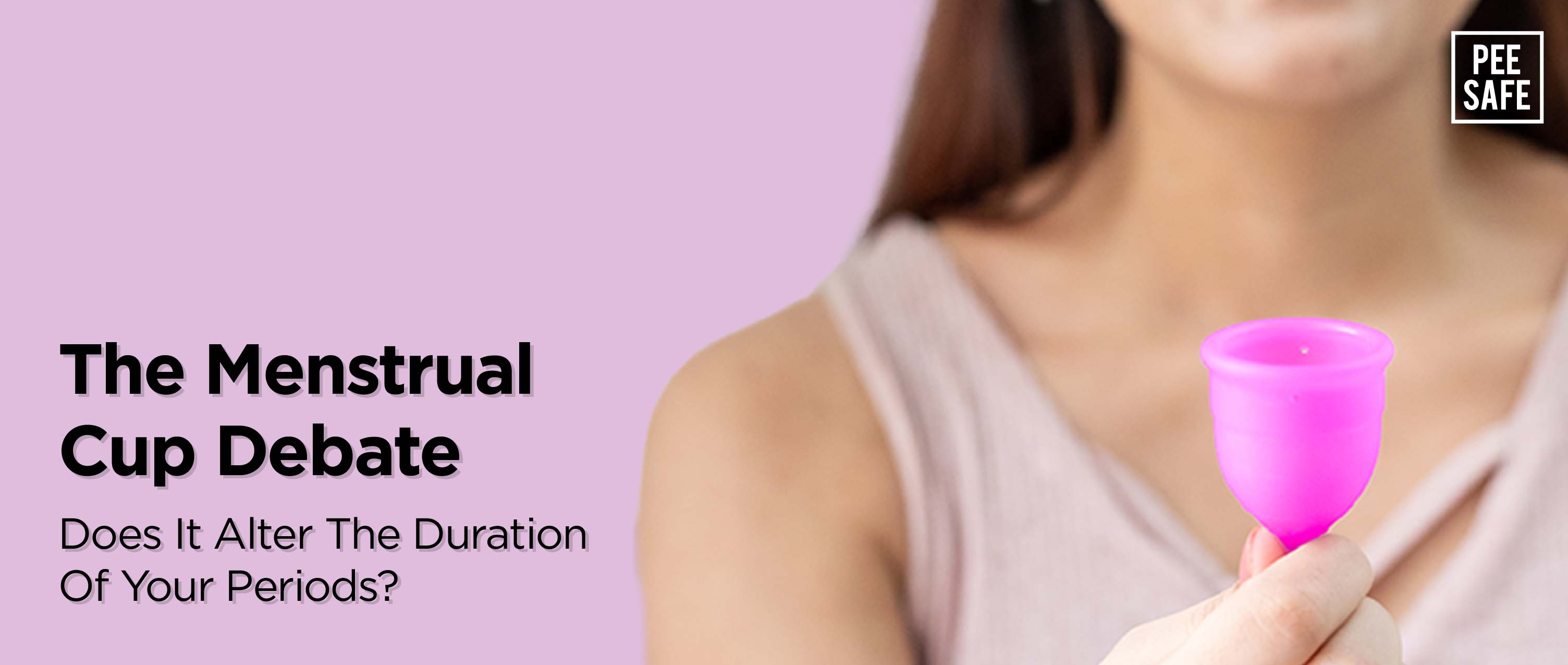The use of menstrual cups from traditional menstrual hygiene products like sanitary napkins and tampons, have gained a lot of popularity owing to its positive experience for people on their periods. When selecting one of the many options available on the market for menstrual cups, it can be overwhelming to decide what to choose.
But don’t worry! We have got you covered with the ultimate guide to select your first menstrual cup from understanding your cervix height to determining your flow, so let’s find out how to select a menstrual cup:
How To Choose Your First Menstrual Cup?
Before choosing for first menstrual cup you should look out for below mentioned list.

- Know your Cervix height: In order to choose the right cup, the most important step is to know your cervix height. In order to determine your cervix height, prop one leg up on a chair or the bathroom counter and insert your finger into the vaginal part. Cervix height can be classified as high, medium or low, depending on how far your finger needs to go to touch it. Accordingly, you could select the size of your menstrual cup.
- Determine Your Flow: The other most crucial factor to consider before selecting a menstrual cup, is your blood flow during periods. If you use tampons, note how often you are changing them and if you use sanitary pads, you could note after how many hours you change them. Choose the cup according to your flow and if you've given birth vaginally or not.
- Cup Firmness: The firmness of menstrual cups can vary from soft to firm. Opt for a softer cup, if you have a sensitive bladder or experience bladder issues. On the other hand, if you exercise regularly and have a strong pelvic floor and vaginal muscles, choose a firmer cup.
- Cup sizing: There are different cup sizes available, so it is also important to note the things to keep in mind, before choosing the cup size. Usually, smaller cup sizes are recommended to younger individuals who haven’t had a vaginal delivery, while larger sizes are suitable for those who are above thirty years of age, have heavier flow or have delivered a baby vaginally.
- Length and shape: Length and shape of menstrual cups matters too, as some cups have longer stems for easier removal, while others have shorter stems or no stem at all. The shape can be either bell-shaped, V-shaped or any other variation.
- Material: Many cups are made from medical-grade silicon, which is safe and hypoallergenic, whereas some cups could be made from latex or TPE(thermoplastic elastomer). Before choosing the cup, be aware of any allergies or sensitivities you might have.
Conclusion
Did you know that menstrual cups are cost-effective, sustainable, super convenient to use and require no hassle? But the choice to make the switch lies in your hands. Finding the perfect menstrual cup may definitely require some experimenting, trial and error, but the ultimate switch from traditional menstrual hygiene products to cups, will have a win-win effect; on you and the environment!
-
✍️ This article was curated by Anvi




























